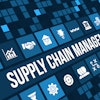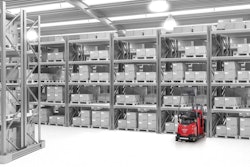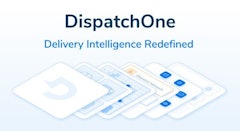
While 28% of supply chain executives cite working capital optimization as their top investment driver, only 37% deploy AI for risk management — the very capability that prevents the disruptions, detention fees, and expedited freight costs that trap cash in operations, according to “The Execution Gap: What Supply Chain Leaders Are Saying About Technology,” presented by FourKites and ABI Research.
“Executives want working capital improvements, yet they deploy AI for demand forecasting instead of disruption prevention. They’re analyzing problems instead of preventing them,” says Mathew Elenjickal, founder and CEO of FourKites. “In contrast, the 27% of organizations willing to use AI for autonomous execution can prevent detention fees before they occur, eliminate expedited freight by managing exceptions proactively, and reduce safety stock by guaranteeing reliable operations. These are direct hits to the balance sheet, delivered through AI that acts, not just analyzes.”
Key takeaways:
- Working capital optimization leads investment priorities at 27.6%, nearly double competitive advantage (14.9%) and triple sustainability (8.4%), yet only 37% deploy AI for risk management where it directly prevents cash-draining disruptions.
- Companies heavily deploy AI in predictable areas like demand forecasting (44%) and inventory management (41%), while avoiding the unpredictable disruptions that actually trap working capital.
- Only 27% allow AI to take autonomous action, while 52% limit it to decision support — preventing the real-time responses needed to avoid expedited costs and operational delays.
- Integration challenges often overshadow data issues. While 46% cite legacy integration and tool fit as top workflow barriers, data quality appears more often as a secondary concern, highlighting that success depends on connecting AI to existing systems.
- The report identifies 156 respondents who “strongly agree” with autonomous decision-making. These organizations have connected the dots: working capital optimization requires preventing disruptions, not just detecting them. While they deploy AI agents to automatically prevent detention fees and eliminate emergency freight, their competitors debate whether to trust AI with anything beyond forecasting.




















